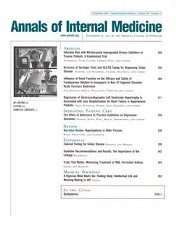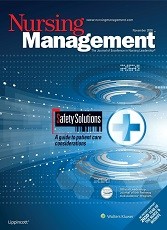Carlos Del Campo

Extract
The children of women who have been denied an abortion are at risk of certain disadvantages, but such problems could be alleviated by better adoption and social programs. Since well educated women have the most “liberal” attitudes towards abortion’4 and are the least likely to have economic reasons for wanting an abortion, programs to prevent abortion should be directed towards changing their attitudes. Also, women who have been denied abortion should be followed up, both for the child’s sake and to prevent further requests for abortion.
Campo CD. (Editorial) Abortion denied – outcome of mothers and babies. Can Med Assoc J. 1984 Feb 15;130(4):361-362, 366.

